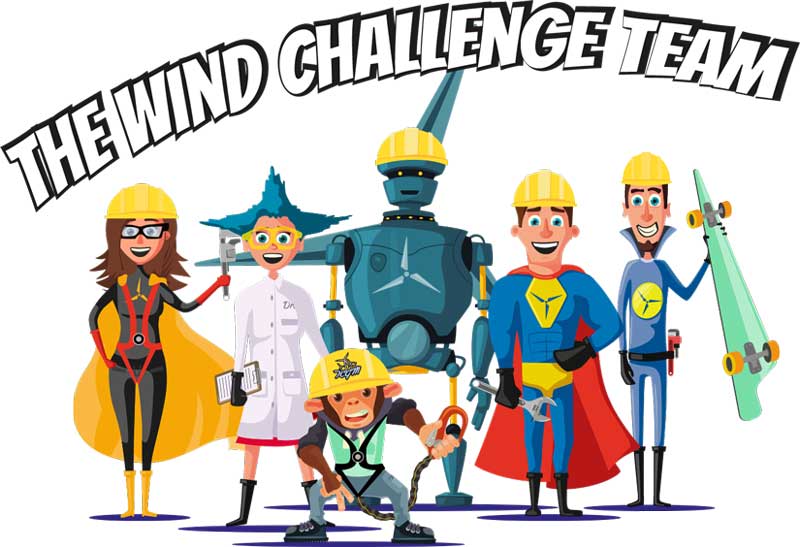What is digitalization?
Look around you, anywhere and everywhere, and you’ll see it: there’s a digital revolution going on. LinkedIn. Uber. Airbnb. Amazon. From networking to retail, from how we travel to where we crash on holiday, digital platforms are transforming how we work, rest and play. So why’s this revolution happening? Long story short, it’s because digital platforms harness the power of fast, cheap data processing to cut costs, create value and launch new business models.
So, what does digitalization mean for wind energy?
This digitalizing trend is having a massive impact throughout the energy system too – and the wind energy industry is no exception.
Fortunately, wind energy is in the perfect position to totally optimize this opportunity.
Why?
Well, modern wind turbines are already embedded in a massive network of data exchange. Today’s turbines have multiple sensors to collect information about their surrounding environment, wind speed, temperature, pressure, humidity, sound, etc. They use this for numerical weather forecasting, and monitor the performance of individual components and the turbine as a whole. This allows wind farm operators to optimize their wind energy production and keep operation and maintenance costs in check.
But the industry is doing more with the data wind turbines produce than simply monitoring operations and preventing failures. Digitalization is becoming a key enabler for the easier and cheaper system integration of wind power too.
How?
Okay, here comes the complicated stuff!
By combining massive data acquisition from enhanced sensors, coming from multiple wind turbines across different sites, and using the latest computer capabilities, operators identify ongoing trends and optimise their operations over larger portfolios of assets. How? Okay: let’s say you take multiple operators who are running optimised assets, then aggregate them to sell electricity directly to the market via a common platform – a digital platform – and create virtual power plants that offer multiple services to the grid. For example, ramping up and down production for frequency control and generating power with a particular profile according to the customer’s needs.
All this is possible thanks to formidable developments in data science and computer algorithms.
Furthermore, digitalisation is on course to changing wind power economics, not only by cutting maintenance costs but also by extending the lifetime of assets and enhancing the design of components and turbines – because with the cutting edge monitoring technology of today, we can predict component failure before it happens!
This process of digitalization is set to transform how the wind industry works. The IEA estimates that the energy sector could save USD 80bn per year by fully embracing digital solutions.
So, what does digitalization mean for wind energy? The short answer: a whole lot!
